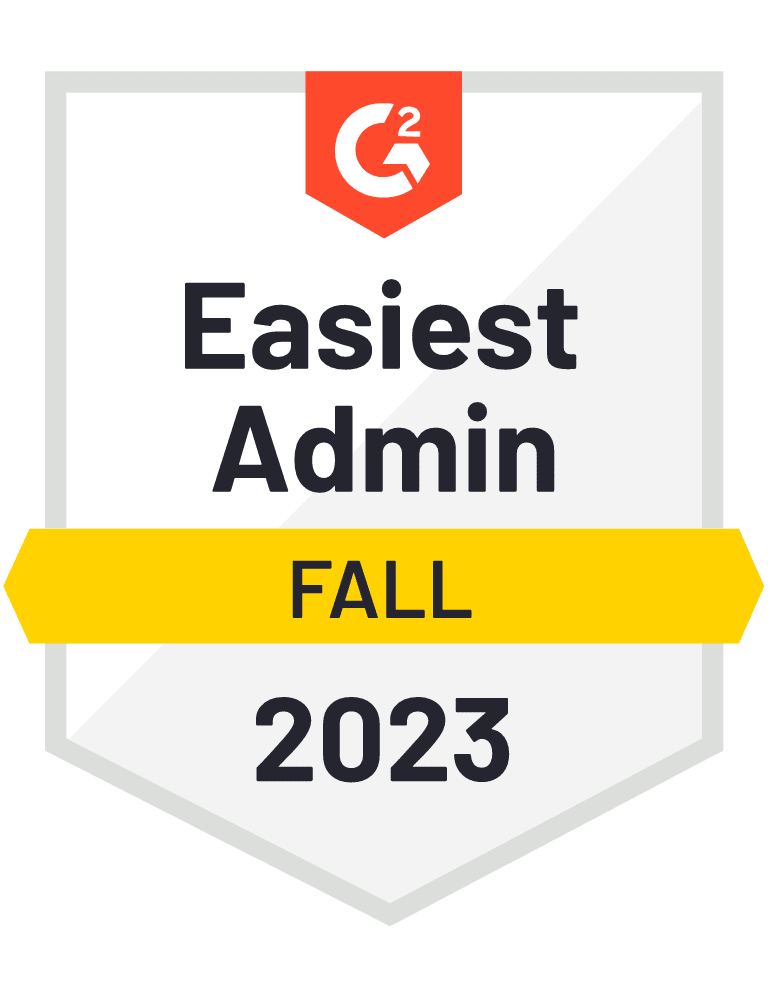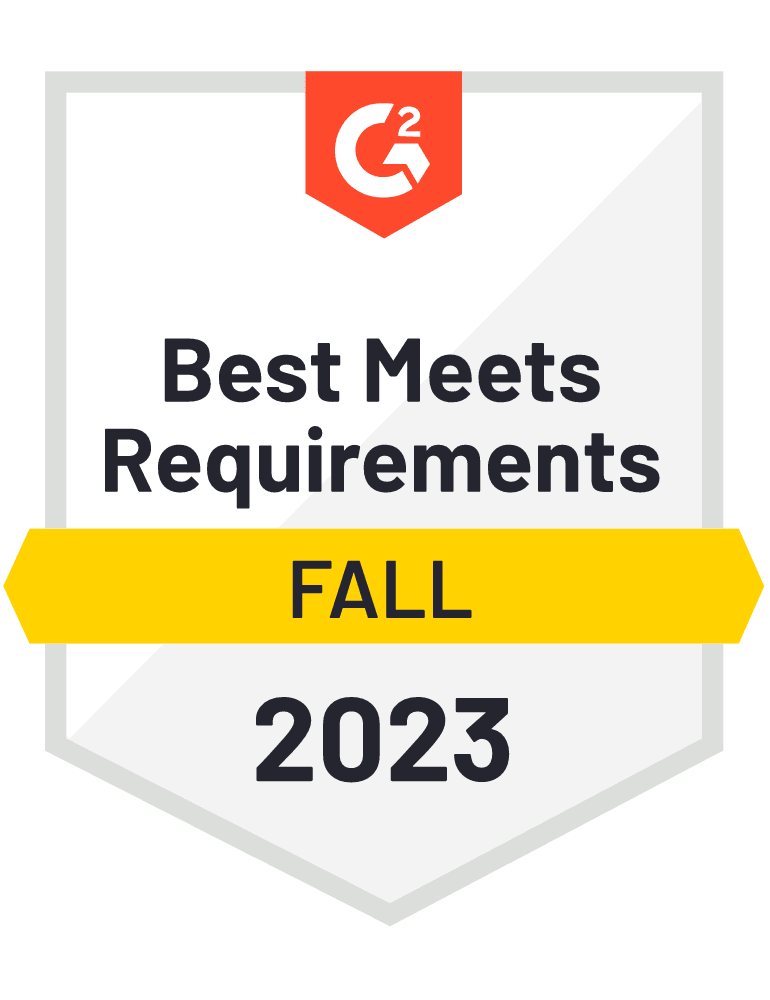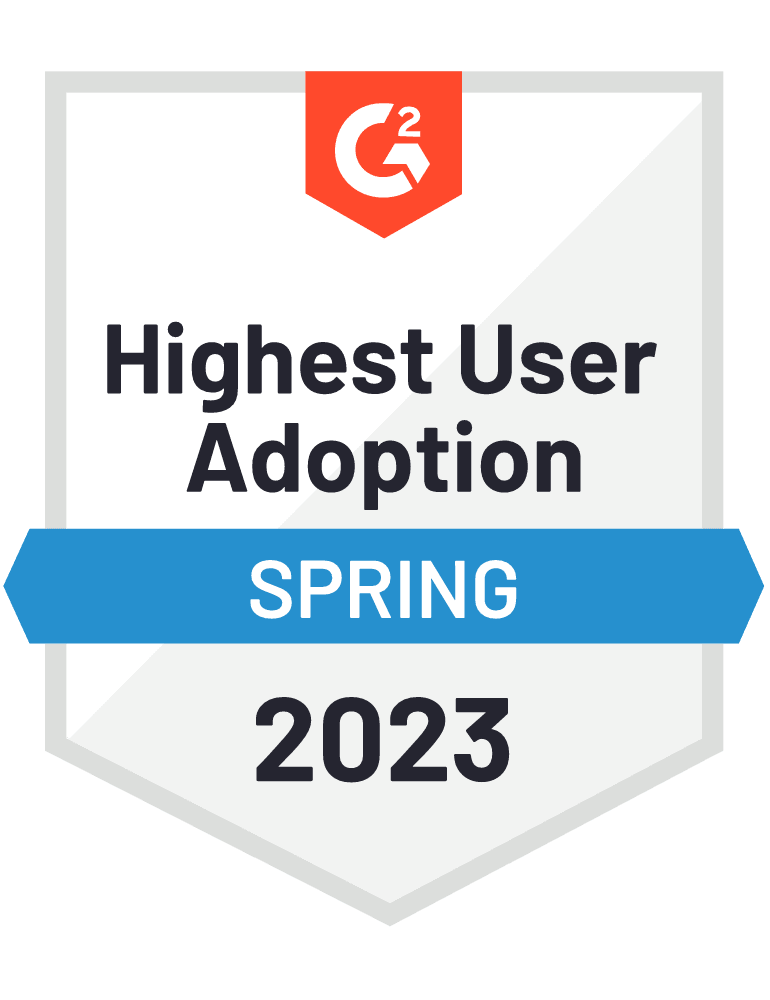Hiring in health care is tricky enough without dealing with any extra pitfalls. To help you hire successfully, we’ve taken a look at eight of the most common hiring mistakes health care recruiters can make. Here’s what you should know about these mistakes and how to avoid them.
1. Letting Hiring Drag On
Hiring a new position in health care takes about 49 days on average. That’s already longer than almost any other industry, and the lengthy process has consequences.
According to a Robert Half study, 39% of job seekers will lose interest in a job if the hiring process takes too long. How long is too long, exactly? Almost half of respondents say they start to have doubts if 1-2 weeks pass between an interview and a job offer. The best way to stop losing candidates to competitors is to focus on improving your technology and internal procedures so you can hire faster.
2. Relying on the Wrong Candidate Sources
Finding the right candidate sources doesn’t just help you hire great candidates. It actually helps you keep them. In one case study, the University of Pennsylvania’s IMPaCT program dropped its turnover rate to just 1.7% by focusing on recruiting in spaces where their ideal candidates were likely to congregate. Revising how you find candidates can profoundly improve your staffing.
So, where are health care candidates? The vast majority (around 87%) of job seekers in health care use online job boards, such as LinkedIn, Indeed, Glassdoor, and Monster, as their main place to look for employment. Referrals from friends are also common. With strong health care recruiting technology, you’ll be able to distribute your job posts to these sites automatically.
3. Failing to Automate Tasks
Most health care recruiting teams can improve their efficiency hugely just by automating repetitive tasks. Entering candidate information into your system, sending follow-up messages, scheduling interviews – all of this can be done automatically with the right software.
When it comes to these basic organizational tasks, manual labor wastes time and poses risks. If mistakes occur due to human error, you might face delays, frustration, and a poor candidate experience. But automation gets rid of this friction. By automating tasks, you can improve your candidate engagement and reduce time-to-hire without putting extra pressure on your HR team.
4. Publishing Misleading or Ineffective Job Descriptions
Misleading job descriptions are one of the most frustrating parts of getting hired, according to a Robert Half survey. Respondents said that next to being strung along by recruiters, there’s nothing more annoying than showing up to an interview and hearing about a job that doesn’t sound like the one they applied for.
Health care recruiters need to make sure their job descriptions are accurate and optimized. There’s no point distributing job posts that aren’t going to attract the right candidates. Your job descriptions should do two things: give a realistic idea of the position and make it easy for job seekers to find you. To accomplish this, write your job descriptions with SEO in mind. Put important keywords like the job title and location in the title and include an option to share the post on social media.
5. Slipping into Recruitment Silos
Recruitment silos happen when your team doesn’t communicate effectively. This is one of the most common hiring mistakes facing large health care organizations, where hiring may get chaotic and disorganized. It’s easy to fall into silos when you’re hiring in a large business or across multiple locations. But poor internal communication can have serious effects on your recruiting.
Develop a standard screening and hiring process and stick to it. Make sure everyone involved with hiring understands exactly how they fit into your process. Use a central platform to share notes and keep recruiting organized so there’s less chance for confusion.
6. Falling Out of Touch with Candidates
There’s no surer way to lose candidates than by not communicating with them. For job seekers, the recruiting process is a series of mysteries. Without strong communication, they have no way of knowing what employers think of their experience, how far they’ve made it in the recruiting process, or whether it’s worth their time to hold out for an offer.
Bolster your candidate engagement by adding more applicant touchpoints. If your recruiting software supports automation, you can even stay in touch automatically. You might send an automatic message when a candidate’s application status is updated, for example, letting them know when to expect next steps. By showing off your strong communication, you’re giving your candidates good signs about your company culture and your investment in them as individuals.
7. Exposing Sensitive Information
Accidentally revealing private information is an HR nightmare, and hiring is one of the riskiest moments for data breaches. This is because most privacy breaches happen when sensitive information is being transferred between systems. Emails, faxes, form fills on websites – these are all moments when private data can be vulnerable.
To protect your talent’s information, experts suggest cutting back on printed documents. Instead, keep your candidates’ information on an encrypted platform, where it’s less likely to be accessed by unauthorized individuals. Another strong solution is to use a recruiting platform that integrates with your hiring and onboarding tools. If you can create digital employee records, you won’t have to transfer data between systems, cutting out the most dangerous part of the hiring process.
8. Using the Wrong Technology
Technology can make or break your hiring process. None of our hiring tips are viable until you’re using a platform that can support them. For successful hiring, you need software capable of rising to health care’s challenges. That means software that helps you communicate with candidates, keeps private information secure, automates hiring steps, and integrates with your other staffing tools.
Integrations are vital to successful health care staffing. If your platform doesn’t easily integrate with other software, you’ll likely wind up reentering candidate information – exactly the kind of work digital hiring tools should help you avoid. But a platform that can integrate with other tools and is built with health care’s needs in mind will adapt to your changing hiring process and stand less chance of becoming defunct.
Avoiding Common Hiring Mistakes with the Right Software
We know that health care employers need software that works together. That’s why Viventium offers a recruiting and hiring platform through Apploi to provide a seamless candidate experience. With Viventium Payroll and Viventium Recruiting powered by Apploi, find top candidates, make an offer, and bring them on board before the competition gets a chance. Interested in learning more about our integrated staffing solutions? Reach out for your free demo.
This information is for educational purposes only, and not to provide specific legal advice. This may not reflect the most recent developments in the law and may not be applicable to a particular situation or jurisdiction.










